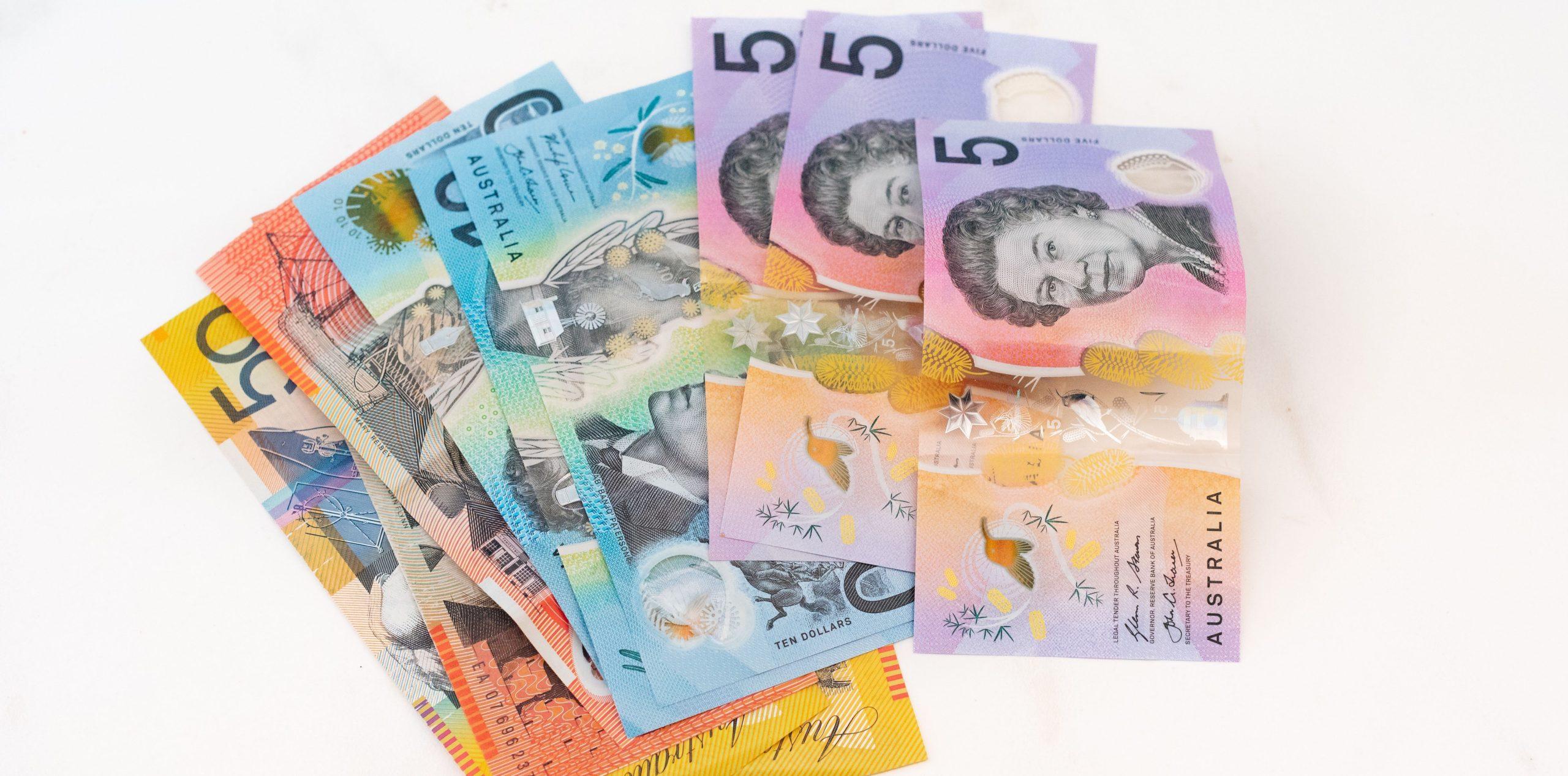
“A yes is always better when it starts with a no.” – Mike Ross, Suits
“We’re all in sales now.” – Daniel H. Pink, Author of ‘To Sell Is Human’
Yes, two quotes in one intro – but great selling is not always about following the rules!
Anyone can sell. In fact, everyone does sell.
We just might call it something else. We use the art of persuasion in our daily interactions, from simple conversations about family dinners to selling yourself as the perfect candidate in a job interview.
But for many in the great marketplace of ideas, sales remains a dirty word. Why is that?
It’s earned a bad rap by getting tangled up with manipulation and deception. A negativity lingers around this critical business function, but it shouldn’t. There’s an artform to selling, but real selling is about connecting people with solutions.
While selling is all about helping people, it doesn’t have to be stressful. In fact, it should be fun!
And it’s a lot more fun when you have a clear understanding of what you’re selling and how to do it with purpose.

Real selling connects people with solutions. Credit: Linkedin Sales Solutions on Unsplash.
Sales Requires Sophistication
Let’s unpack some hard truths. Yes, persistence is key and rejection goes hand in hand with the job description.
But there’s a degree of sophistication that goes into selling – or should – and it starts with planting the seed for the sale.
Everyone has heard the best way to sell is not to sell. It’s the simple idea that the best way to close a deal is to do it in such a way that it doesn’t feel like selling at all. Sounds too simple to be true? Read on.
Lead with value rather than features. When you intrinsically understand the Unique Value Proposition (UVP) of what you’re selling, you can help share your vision – a vision of a future where your customers’ problems are solved. When prospects understand the life-changing value of your product or service, desire and urgency spring to life – which lead to conversion.
Start by getting to know your customers. Build rapport and dive into the deep and meaningful about what keeps them up at night. Active listening, empathy, and a sprinkle of camaraderie will take you far. Plus, the information you gather will be critical to reverse-engineering your solution to answer the needs of your customer.
Then, begin your pitch with softer, leading questions. Have you tried casual lines like how big is your team and who are your clients? Sounds innocent, but it’s actually high-value information! Let those questions steer the way towards more serious heavy hitters and sales-focused banter like what is your annual revenue or average deal size?
By being conversational, listening intently, and using softer questions to start the conversation, you become more human and less salesperson. Connecting with others is the key to building TRUST (The Really Useful Selling Tool), which is an important precursor to sales.
So, ditch the hard selling and just be yourself.

Start softly with your sales pitch. Credit: Campaign Creators on Unsplash.
The Not-So-Subtle Art of Persuasion
It can take up to 10 touchpoints for people to make a decision, particularly with big purchases. Yet most salespeople give up anywhere between five and eight touchpoints. There’s a fine line between being a ‘stalker’ – or being persistent – and hitting the right stride to convert.
Here’s another truth: People are unbelievably busy. They’re really time poor and have a shrinking attention span. That means even if they’re really interested, motivation might divert to matters urgently on fire. This is why they need multiple nudges to make a decision.
As a sales pro, if you’re giving up after only a few touchpoints, you’re leaving a lot of money on the table – your money – and losing a lot of sales to the competition!
Timing also matters more than you think. Have you looked at when you follow up? Don’t let your prospect forget about you before they make a decision.
A good rule of thumb is to leave no longer than 10-14 days between touchpoints. And always go for the commitment by the jugular!
Book a meeting from a meeting – we call it the BAMFAM principle. It’s an effective strategy to keep the conversation alive and to help guide your customers on a pathway to conversion.

You don’t want to be leaving money here. Credit: Melissa Walker Horn on Unsplash.
A No Is Still One Step Closer to a Yes
If you’re working in sales, one of the ideas you simply must learn to handle is rejection. Someone is always going to say no and it’s important to not give up – at least until you have to.
A no doesn’t have to be the end of the world. A no might simply mean not right now. Or it could mean your prospect doesn’t understand the value you’re offering.
Think of the 4Ns – No Need, No Money, No Trust, and No Urgency.
Target an audience that needs your solution and be sure to highlight value over costs. Focus on how your product solves your customers’ problems and build trust by sharing social proof (testimonials).
It’s wise to create urgency by rewarding customers for taking immediate action.
You can use rejection to fuel your motivation to improve. Learn from the experience and use it to perfect your sales technique, so you can get used to hearing that sweet yes sound.
Remember, sales is about connecting with people and sharing something you’re excited about that can help them. But it’s hard to connect if you start with a negative mindset.
Think of it this way: Could you imagine calling people hoping they don’t answer the phone?

A no can still lead to this word in sales land. Credit: Jon Tyson on Unsplash.
Five Key Tips for Effective Selling
Arm your sales pitch with these top tips:
1. Remember Your Purpose
While you can’t control every step of the sales journey, you can set a well-defined agenda for every interaction.
Use the Purpose, Process, Payoff method to establish the reason for chatting, set expectations, and define the big customer reward when they commit.
2. Ask the Right Questions
Think about discovery and problem-finding before solving. Whether you use the SPIN method – Situation, Problem, Implication, and Need-Payoff or you prefer the ADAPT technique – Assessment, Discovery, Activation, Projection, Transition, asking the right questions is always the first step.
3. Don’t Take It Personally
Hearing a no is par for the course when it comes to sales. It’s how you deal with it that determines your success.
You control pace and flow – when you follow up and how often. Persistence and resilience (shaking off no) are what separates the best from the rest.
4. Prioritise Being of Service
To close a sale, you’ll have followed a journey of value, connection, and education. The end result is the sale – even if it takes a few steps.
Getting to the finish line demands superior customer service along the entire journey.
5. Compromise, if Required
Some salespeople cringe at the thought of compromise. But almost everything is negotiable and it’s human nature for customers to crave a good deal.
A compromise mindset is three separate wins. If it’s a win for you, your company, and a win for your customer, then it’s a sign of a good deal.

We have a deal. Credit: Radisson US on Unsplash.
Let Us Help
Here at Hunt & Hawk, we certainly don’t think sales is a dirty word. We love helping our clients help their customers, while also growing their businesses. We call it branding, marketing, and sales. It’s about connecting based on value. It’s what we do.
It’s no secret that growth relies on scaling sales.
If you’d like to chat about anything to do with the art of selling, drop us a line at hello@huntandhawk.com. And follow the team at Hunt & Hawk on LinkedIn.





